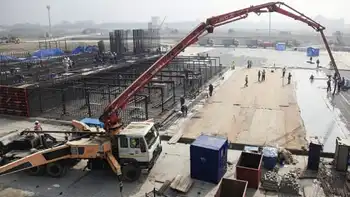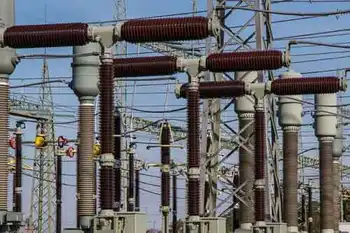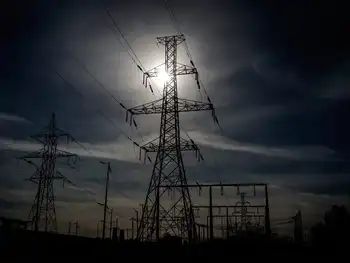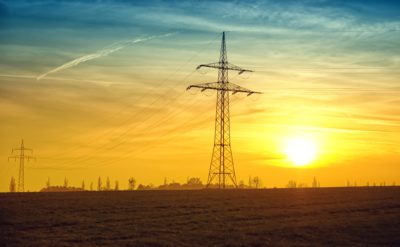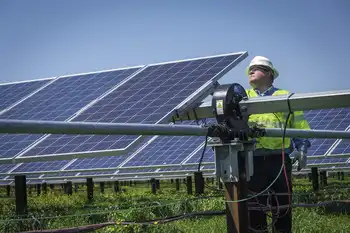Long wait for power over
By Toronto Star
Substation Relay Protection Training
Our customized live online or in‑person group training can be delivered to your staff at your location.

- Live Online
- 12 hours Instructor-led
- Group Training Available
Crews working through the weekend stayed on the job until 2 a.m. March 5 to repair power lines damaged by ice and falling trees, said Toronto Hydro spokesman Paul Reesor.
The only customers who could still be without electricity, Reesor said, are those who haven't told the power company.
“Everyone has been restored that was in our queue,” he said.
As many as 60,000 homes and businesses were left without power when a powerful storm swept through the city and much of the province.
For some customers, the blackouts lasted all weekend.
When Patricia Kellogg heard the hum of the furnace stop at 3:10 a.m. March 2, she knew the silence meant trouble. But she never expected the silence to last until yesterday, when hydro crews showed up at her Riverdale home to reconnect the electricity and heat.
"We were roughing it," she joked last night in her warm and well-lit house. "I found it a bit nerve-wracking – there was no fan from the furnace, no radio, no TV. We could read the newspaper, but it was quiet."
Her husband, Bruce Henderson, said his first reaction was they should go to a hotel. But given they had hot water, because it's heated by gas, a wood-burning fireplace and a phone to order in food, it wasn't so bad, he said.
"What are they going to do if we get a major storm? Because this was very minor," said Henderson, the only homeowner on his street to lose power.
"Hydro absolutely took too long."
Luckily, they had an emergency kit that included batteries, candles, lamp oil and a lamp. But if they had gone another day without power, they would have checked into a hotel.
They made do with what they had and improvised. Kellogg figured she could boil water in her fondue set so they were able to make coffee.
Neighbours checked in regularly and took some of their food from their fridge so it wouldn't go bad.
Brian Frimeth also considered going to a hotel when he lost power to his Broadview and Danforth home the evening of March 1. But since Hydro told him it would only be a day before the electricity would be restored he figured he could wait it out.
But when he woke up in a bedroom that was -4C, he knew he couldn't wait much longer – a gut feeling confirmed when Hydro told him it might take another three days.
"Toronto Hydro lied to us repeatedly, telling us, ‘Power will be restored shortly... crews are there at your location, working right now.' I went over to the feeder line each time I called and was told the 'crew was there,' (but) guess what, there never was a crew there."
He began calling around for a hotel room, but most wouldn't take dogs.
Frimeth, a lawyer, and his partner eventually checked into the Four Seasons Hotel in Yorkville, with no extra charge for the dogs. When he called Hydro to check on the status of their neighbourhood, which was entirely blacked out, he was told it would be up to another two days.
Moments later, he was told they were mistaken and that it had just been turned on.
The two couples were among thousands of Toronto residents who had to wait until the weekend before power was restored.
As of 4 p.m. March 4, about 1,000 hydro customers – most of them businesses – were still without power from the March 1 ice storm.
Most of the homes without power were in older areas of the city, like The Beach, High Park and around Merton St., north of St. Clair Ave., where hanging overhead wires were torn down by icy, falling tree limbs, said Toronto Hydro spokesperson Cathy Parry.
Some homes in those areas, as well as on Palmerston Blvd. in the Annex and older areas of North York, took longer to repair because utility poles bringing power to those houses are in the backyards, Parry said.
Meanwhile, Front St. was reopened but Bremner St. remained closed as ice continued to fall from the CN Tower. The hotel-lined stretch of Front could be closed again if winds shift, police said.
Elsewhere in the province, about 2,500 Hydro One customers were without power as of March 4, primarily in southwestern Ontario, north of London.





